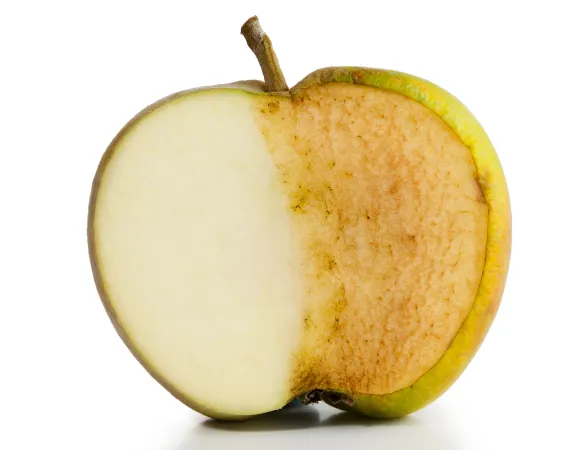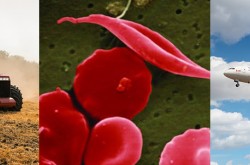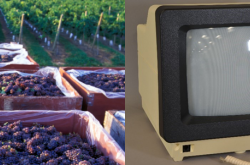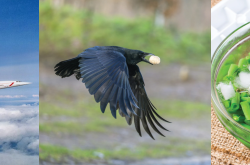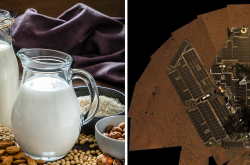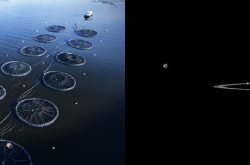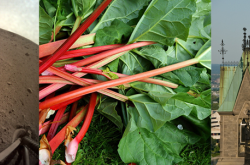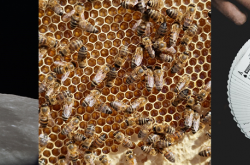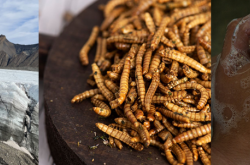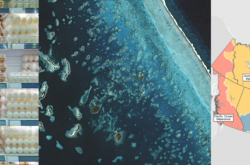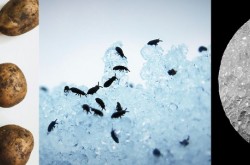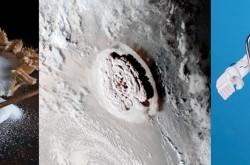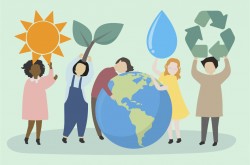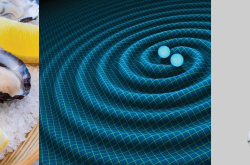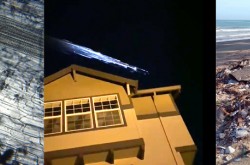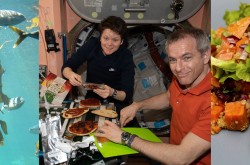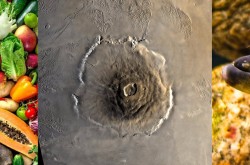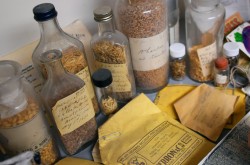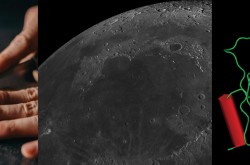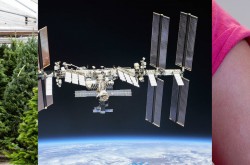Everyday science: Why do cut apples turn brown?
Apples are a nutritious snack, but they have the annoying habit of quickly turning brown after we bite into them or cut them up.
If you’ve ever wondered why that happens — and if there’s anything you can do to stop it — you’ve come to the right place!
Let’s dive into the everyday science of why cut apples turn brown.
When the flesh of an apple turns brown, it’s due to a chemical reaction that occurs when the cells are damaged and their contents are exposed to air. This process is called oxidation — but what exactly does it mean?
First, let’s meet the players involved in the oxidation process:

Enzymes: Proteins that speed up chemical reactions

Oxygen: A gas making up 21 per cent of our atmosphere

Phenols: Also known as antioxidants, these colourless compounds can taste bitter or tart in fruits

Melanin: The same brown pigment that we have in our skin
Now, let’s look at how these players interact when we cut up our apple.
Cutting a fruit brings its flesh into contact with oxygen. Oxygen activates enzymes in the fruit's cells. These turn colourless compounds — phenols — into a brown pigment called melanin.

Is there a way to stop this from happening?
Yes!
Enzymes can only work under certain conditions.
By blocking oxygen or making the conditions acidic, you prevent the enzymes from working. If the enzyme doesn’t work, it doesn’t transform the phenols. This keeps the apple’s flesh white!
You can achieve this by coating your apples with lemon juice, or soaking your apples in water.
I don’t like the sound of lemony or watery apples; can I use anything else?
Yes!
Many ingredients in our kitchen can affect the chemical conditions on the surface of the apple, and prevent enzymes from churning out melanin.
Try this fun activity to find out what else works
What’s the best way to store my apples, so they stay fresh?
Apples can be stored for up to eight months, in the right conditions! Visit the link below — from Agriculture and Agri-Food Canada — for science-based tips on the best way to keep your apples fresh.



